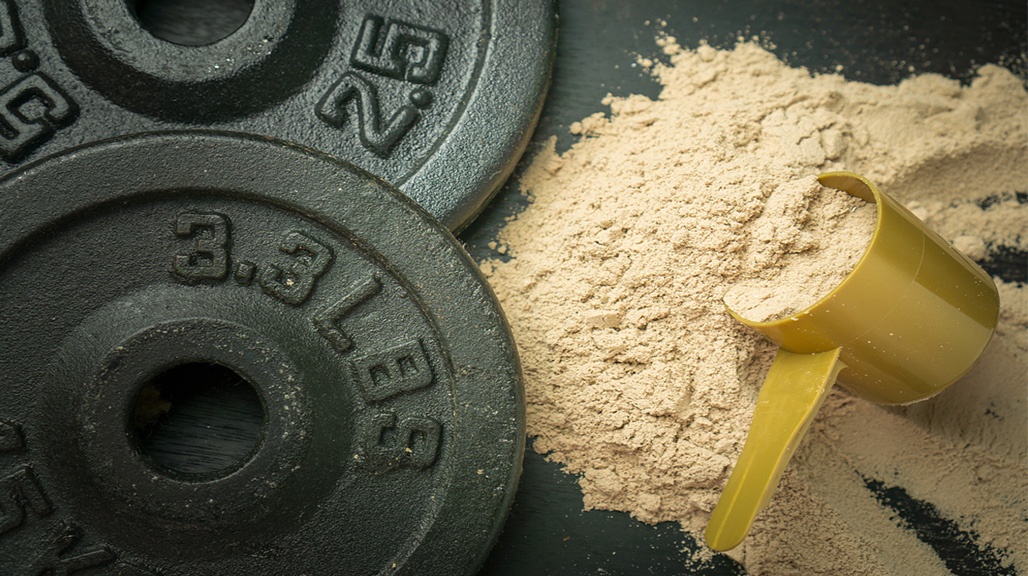Which Whey Is The Right Whey?
 Contributed by
Chris Richards
December 5, 2016
Contributed by
Chris Richards
December 5, 2016

Whey protein is probably the most widely used supplement in the market today. From your once-a-month gym athlete to your professional bodybuilder, everyone has a tub of whey stored somewhere!
The Supplement Market Is Flooded With A Multitude Of Brands All Selling Whey
When buying whey, some people are drawn to the fancy designs, some are drawn by the big guy with bulging biceps endorsing it, and some are drawn to the cheapest price, but the smart few are the ones who look beyond all that and draw their attention to the small section named “Ingredients”.
The Goal Of This Article Is To Educate You On What To Look For When Selecting Whey Protein
When selecting your whey protein product, your intention is to buy a product, which contains as much protein as possible. The information contained in the ingredients list is the key to selecting a high quality protein product. To begin, the ingredients list will usually name several types of whey protein:
- Whey Protein Isolates
Whey protein isolates (WPI) have gone through a thorough filtering process, which removes a lot of the lactose, carbohydrates, and fats. This produces a whey powder with a much higher protein content gram-for-gram, up to 90-96% protein. This is also why WPI and whey protein hydrolysates are more expensive.
- Whey Protein Concentrate
Whey protein concentrate (WPC) goes through less filtering, which means fewer of the natural carbohydrates found in milk are removed; hence, WPC has higher lactose content. The result is a whey product much lower in protein content gram for gram. Some whey concentrates can be as high as 70-80% protein (per serving), whereas others are less than 35% protein!
- Whey Protein Hydrolysate
Whey protein hydrolysate (WPH) has a similar high quality protein content to that of WPI. The key difference and advantage toWPH is that it has been partially pre-digested into smaller protein fragments. This allows for even faster digestion compared to WPI.
In my opinion, to be considered a great whey protein product, WPI or WPH must be listed as the first ingredient. Now, if you really want to know if you’re getting your money’s worth, you can do a bit of simple maths. Take the grams of protein per serving and divide it by the serving size (in grams). This calculation will give you the percentage of protein in each serving. A product containing 80% protein per serving or greater is what you are looking for.
Most supplement companies supplying whey protein powders source their protein powders from a select few companies specializing in filtering whey from milk. These companies supply raw, unflavored whey protein powder, to which the supplement companies then add their own proprietary blends. Knowing what’s in these extra ingredients can also help you decide on a good protein powder.
Whey protein has an amazing amino acid profile as is, but some supplement companies like to add their own “amino blends” to up the price and selling point. In total there are 20 amino acids. In a good whey protein product all 20 should be named on the product, along with their varying quantities.
For the most part, however, the three most important amino acids you should be looking for are: L-Leucine, L-Isoleucine, and L-Valine. Within this trio, L-Leucine should have the greatest quantity. Any other amino acids added in, such as taurine, alanine, and glycine play an insignificant role in a whey protein. They are sometimes added in just to increase the nitrogen content of the powder, which makes it appear to have more protein than it actually does (when tested).
Another aspect to look out for is the sugar content. A good quality whey protein powder should contain little to no sugar. However, some companies can hide their sugar sources by using ingredients such as maltodextrin and sugar alcohol.
By law, manufacturers are required to list all individual ingredients – including the amounts contained within the product – on the ingredients panel. Manufactures however have a sneaky way of dodging this by adding the term “proprietary blend”. When this term is added manufacturers don’t need to list quantities of specific ingredients; only the total amount needs to be listed. This serves two purposes; to prevent other manufacturers from copying the ingredient ratios, and, more commonly, to hide the fact that the ratio of ingredients used is useless.
Finally, the price point can also be an indicator of a good whey protein source. There’s a reason why most high-quality whey protein sources have similar price points. Everyone uses roughly the same process and the costs are roughly equal. If you come across a protein powder that has all the good stuff but is half the price (unless on sale) you should immediately question its quality and source of protein.
To sum up, when selecting quality whey protein powder, look past the fancy labelling, advertising, and pretty colours. Look straight to the ingredients list – and decide for yourself whether this product is worth your money!
Visit Chris’s page to find out more about his work.
This post was first published on UP Fitness blog and has been reposted on Executive Lifestyle with the permission of the author.
Edited by Michelle Sarthou
Image credit: Shutterstock
Did you enjoy this post? Please comment, like and share!











Sorry, the comment form is closed at this time.